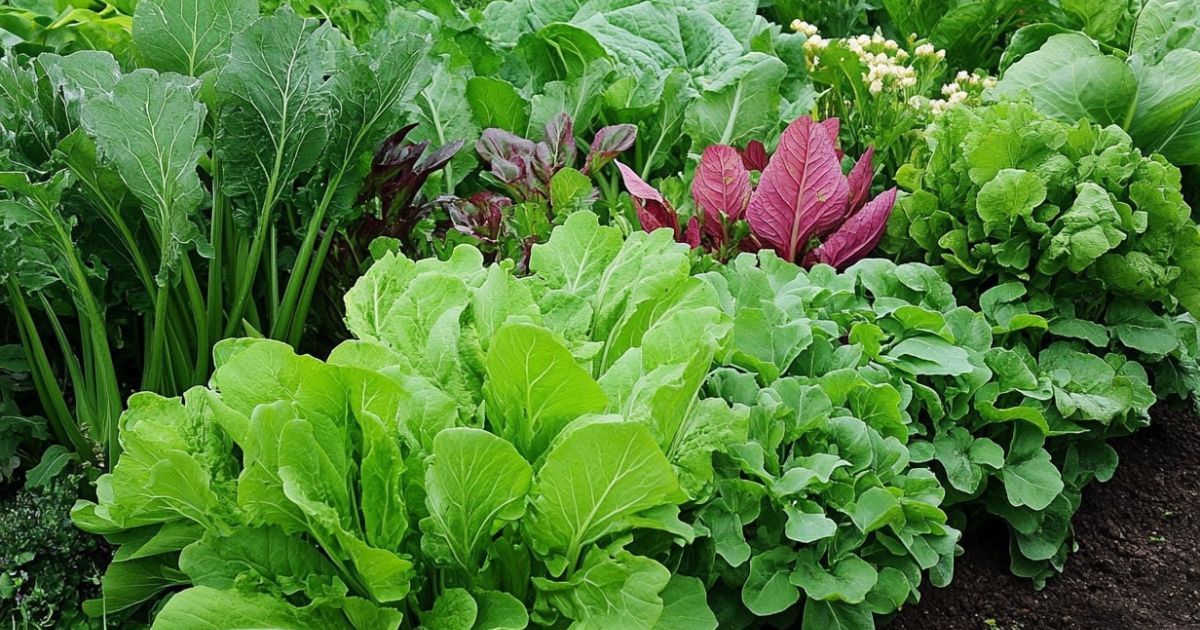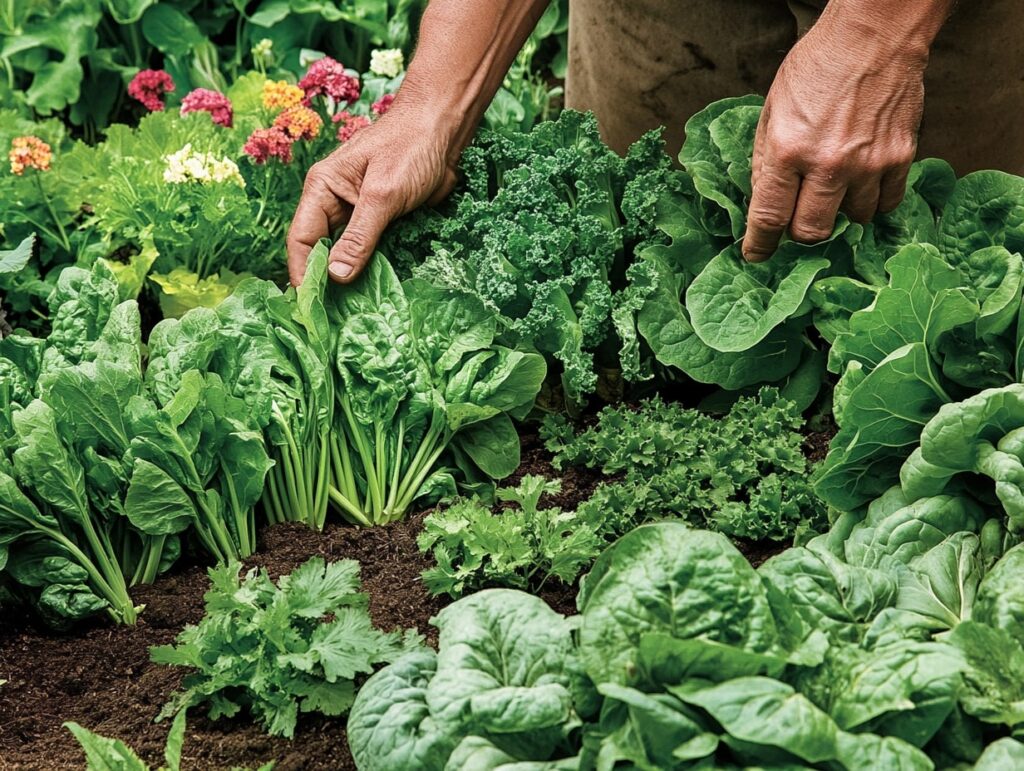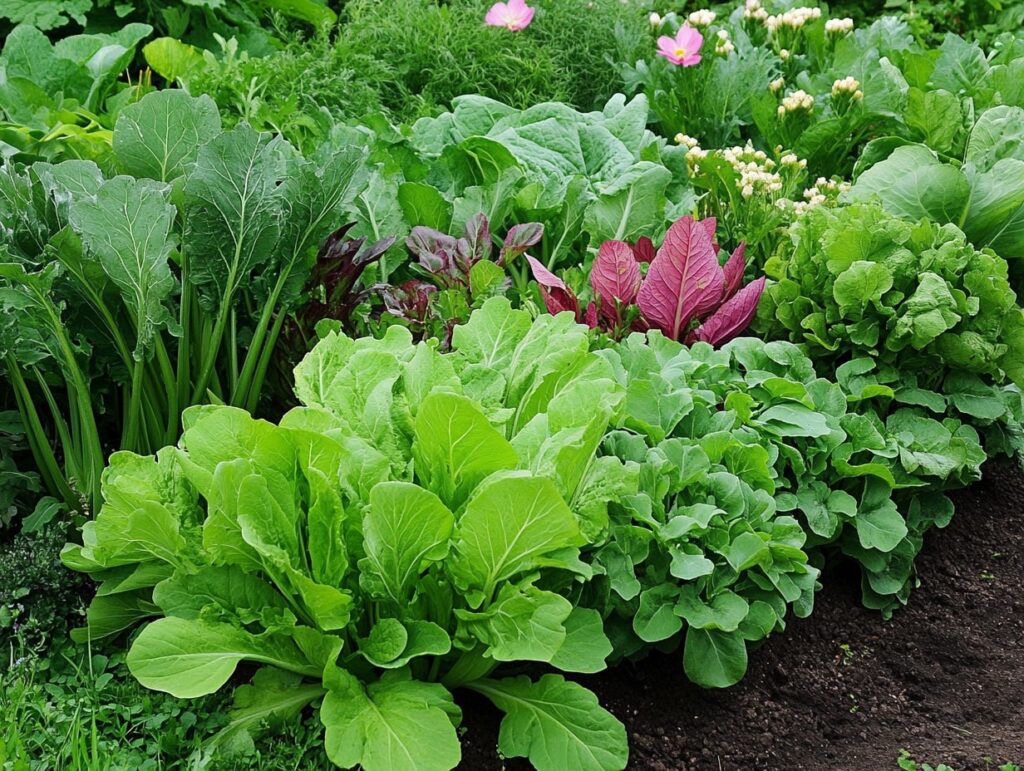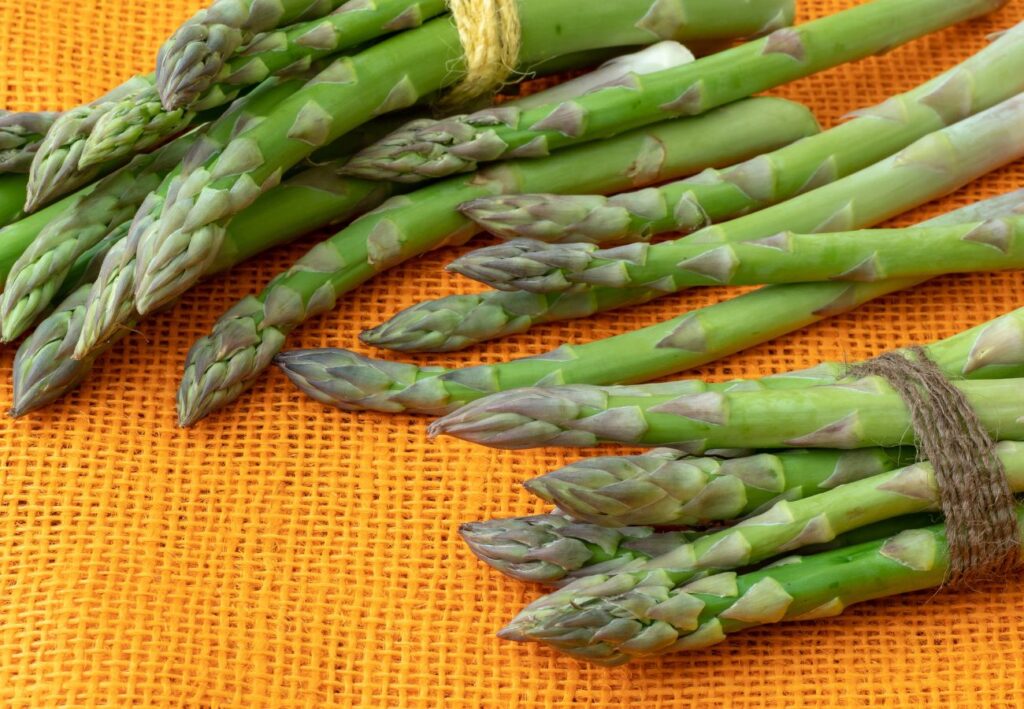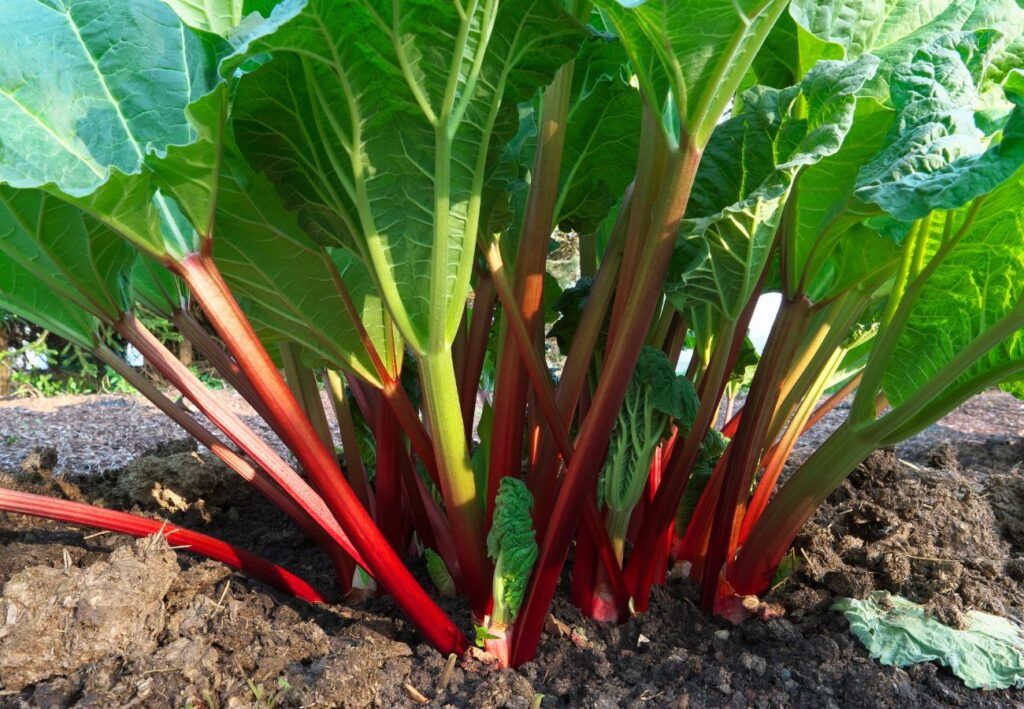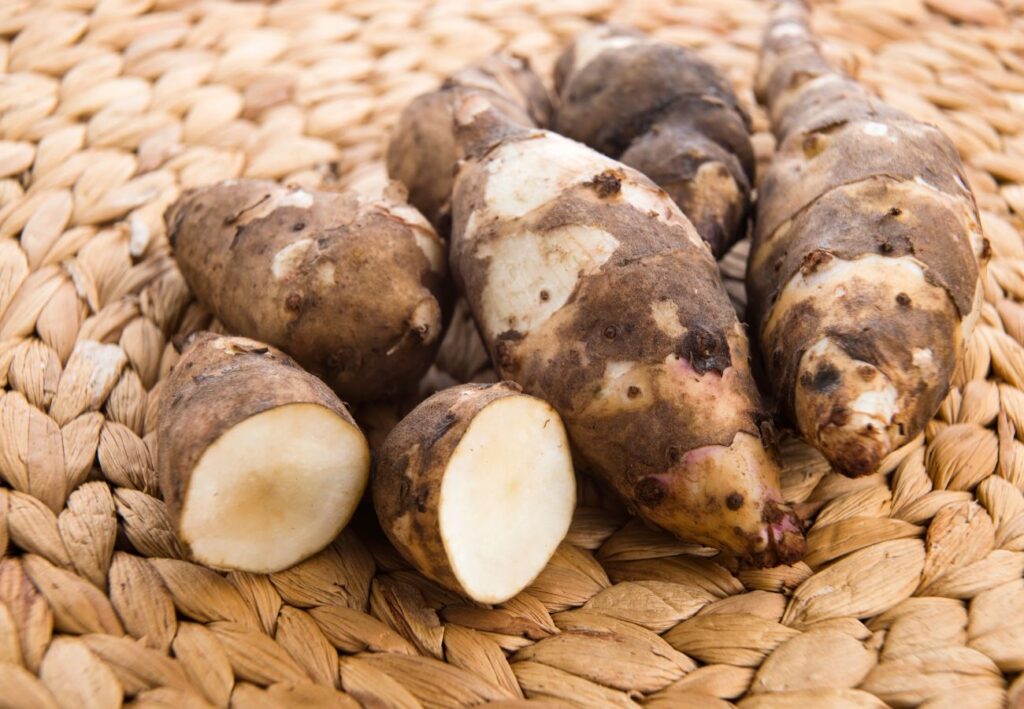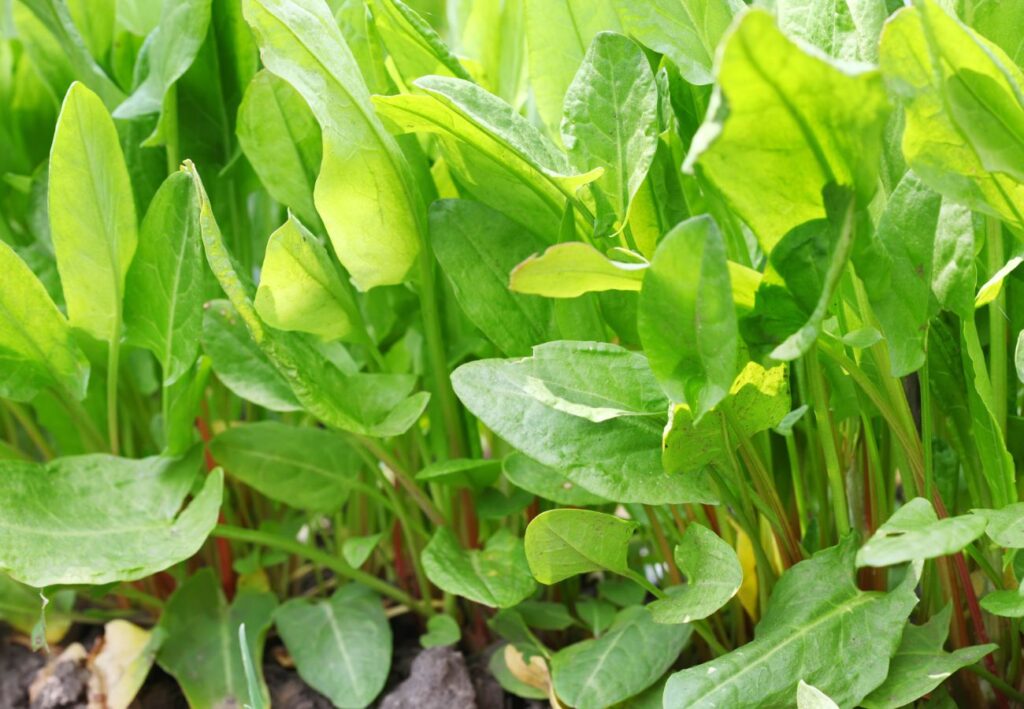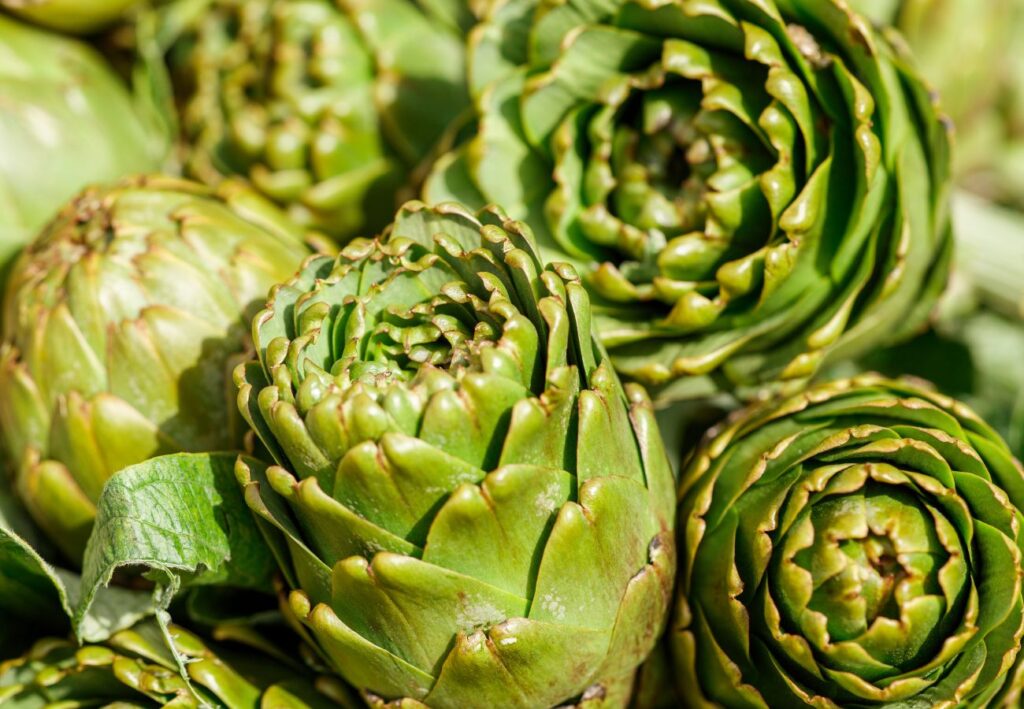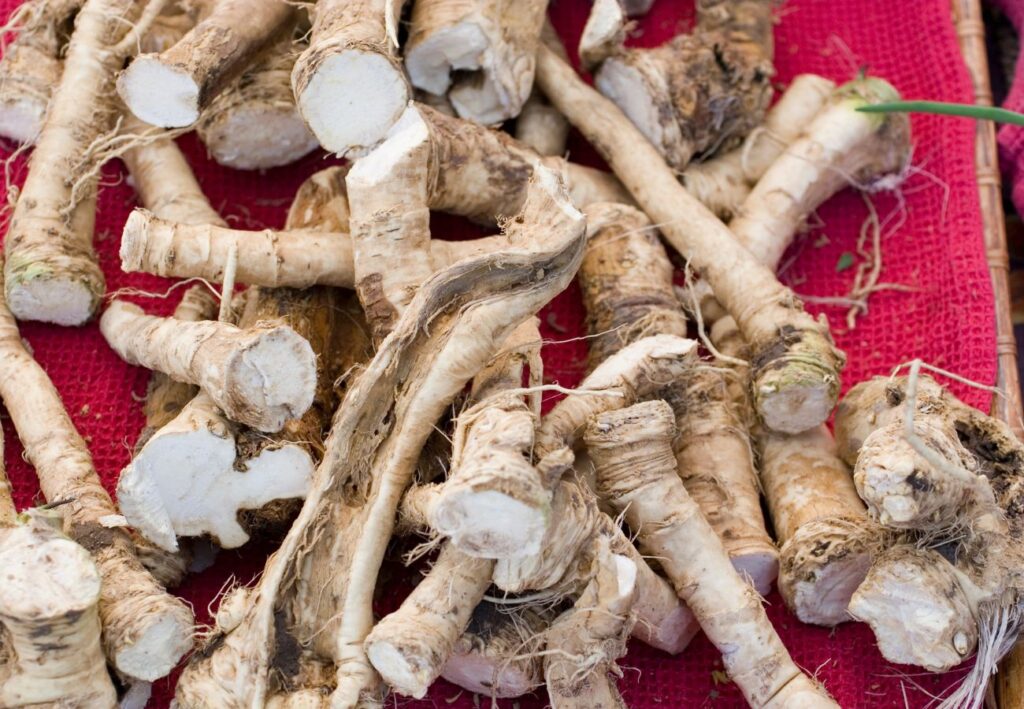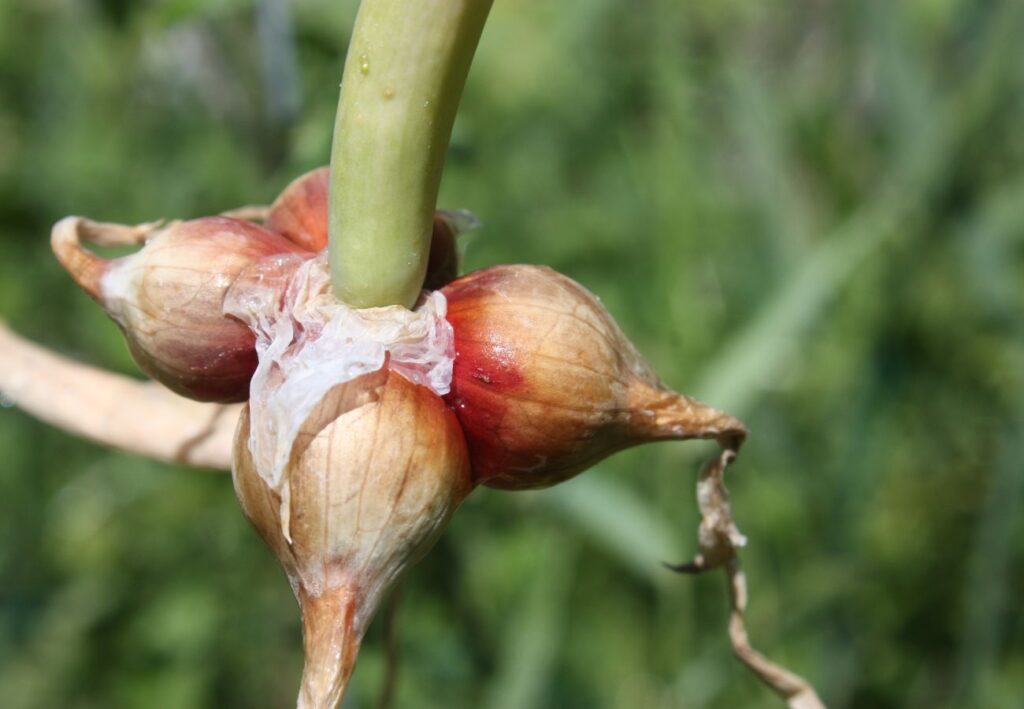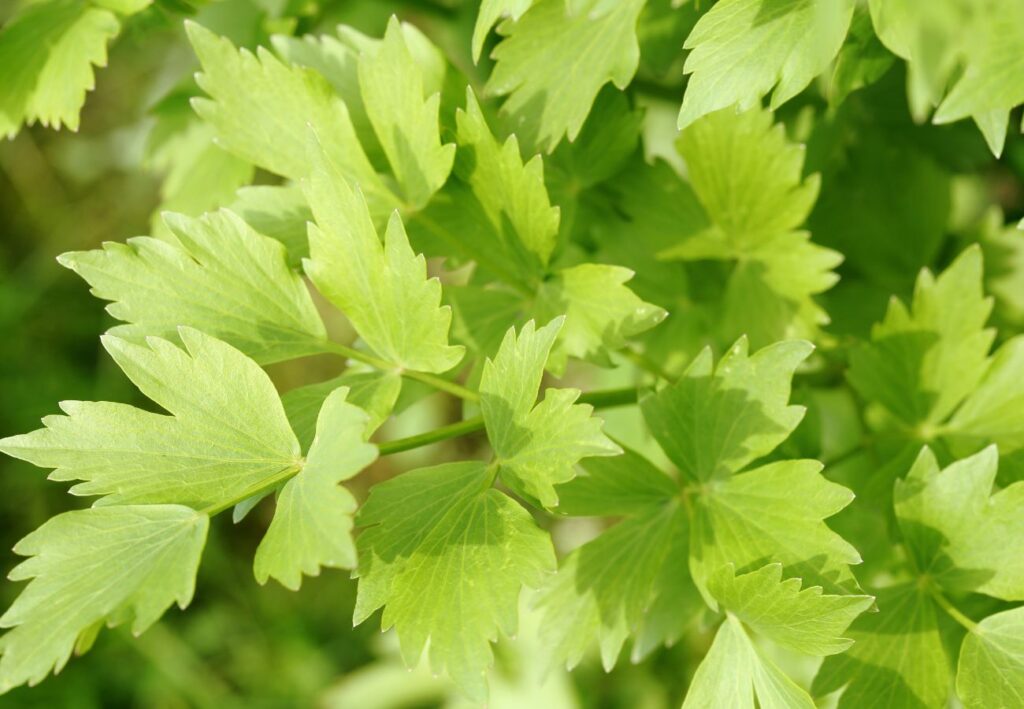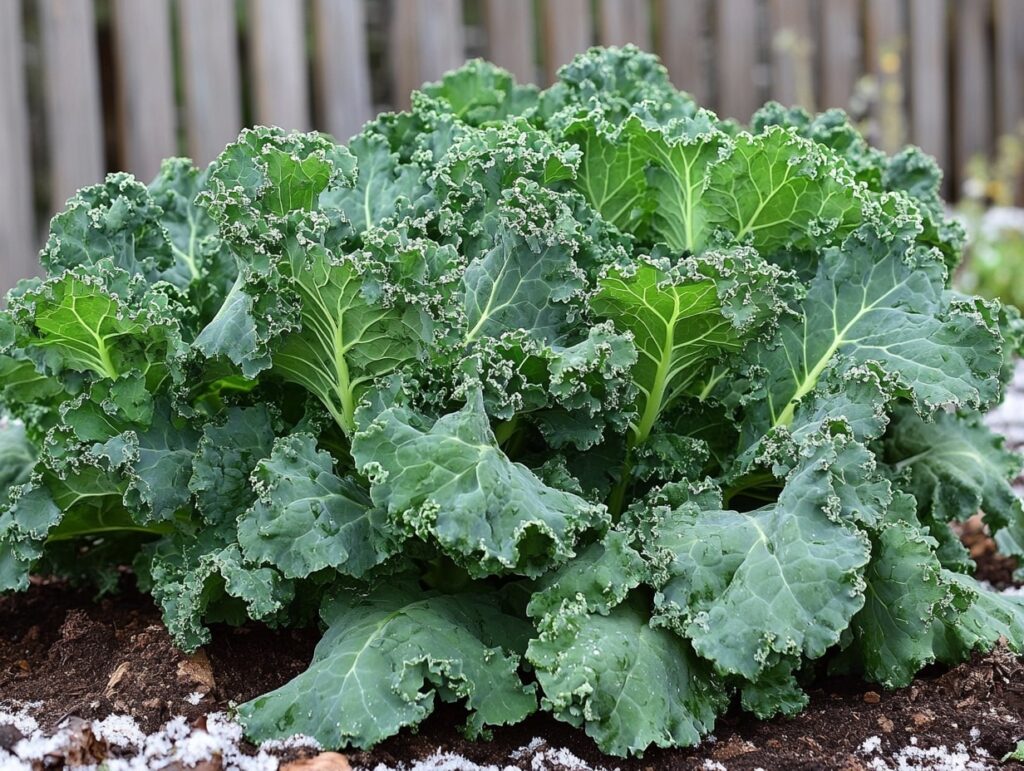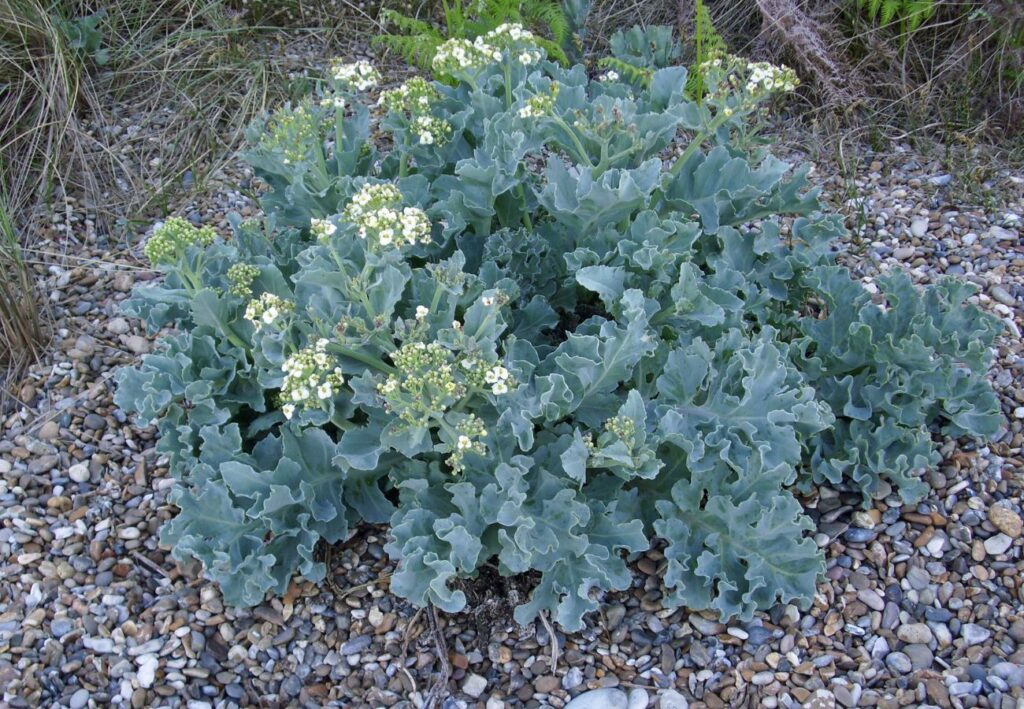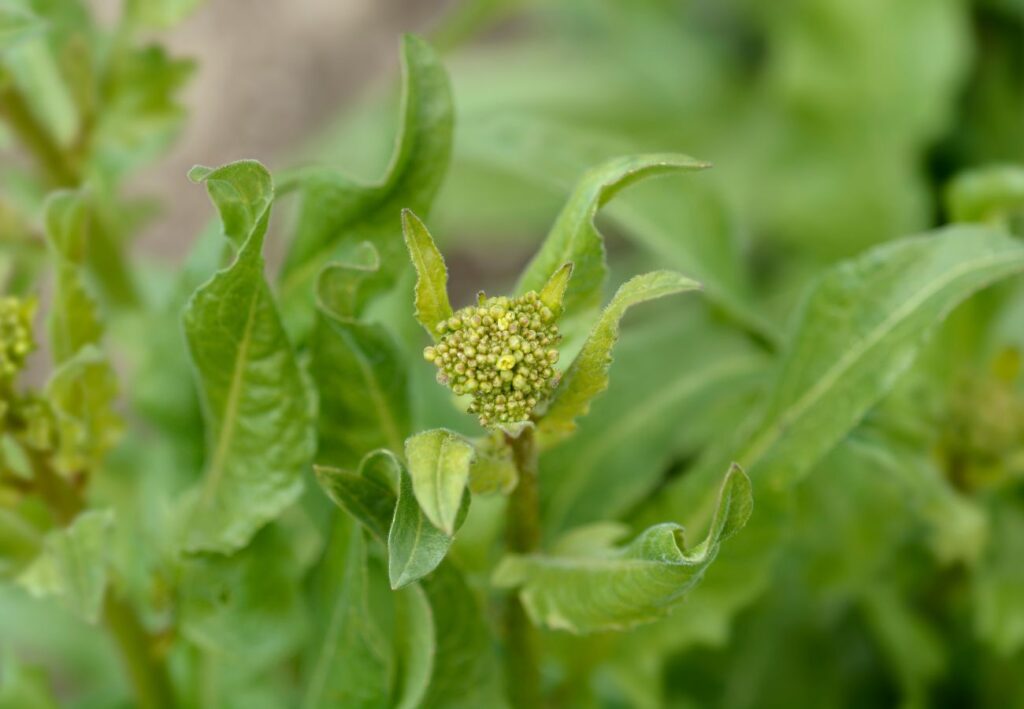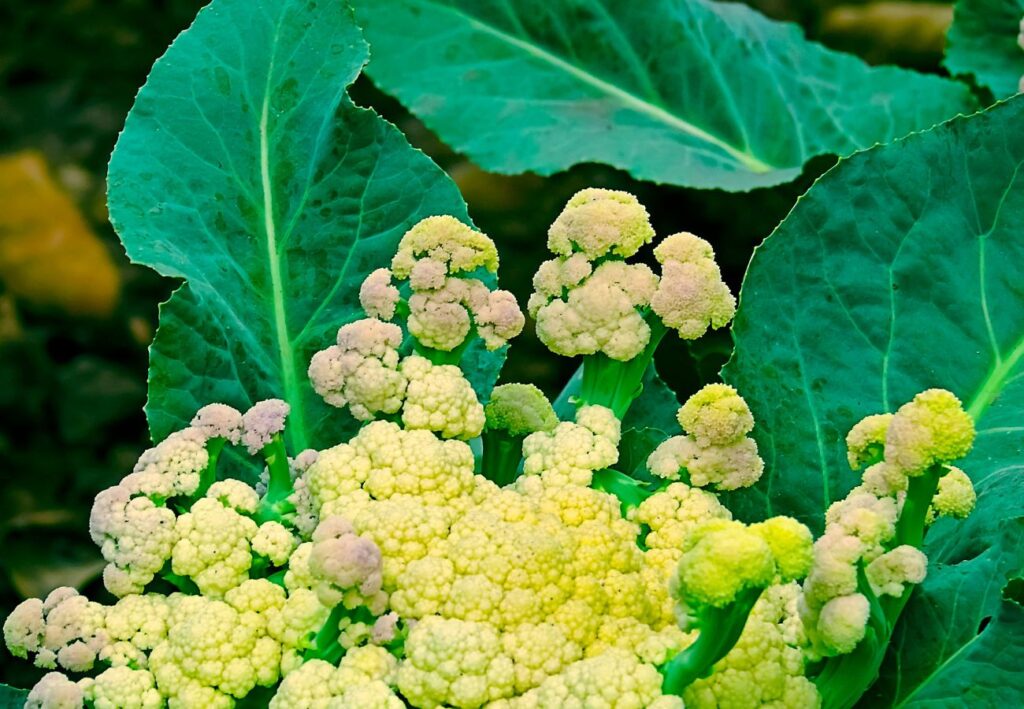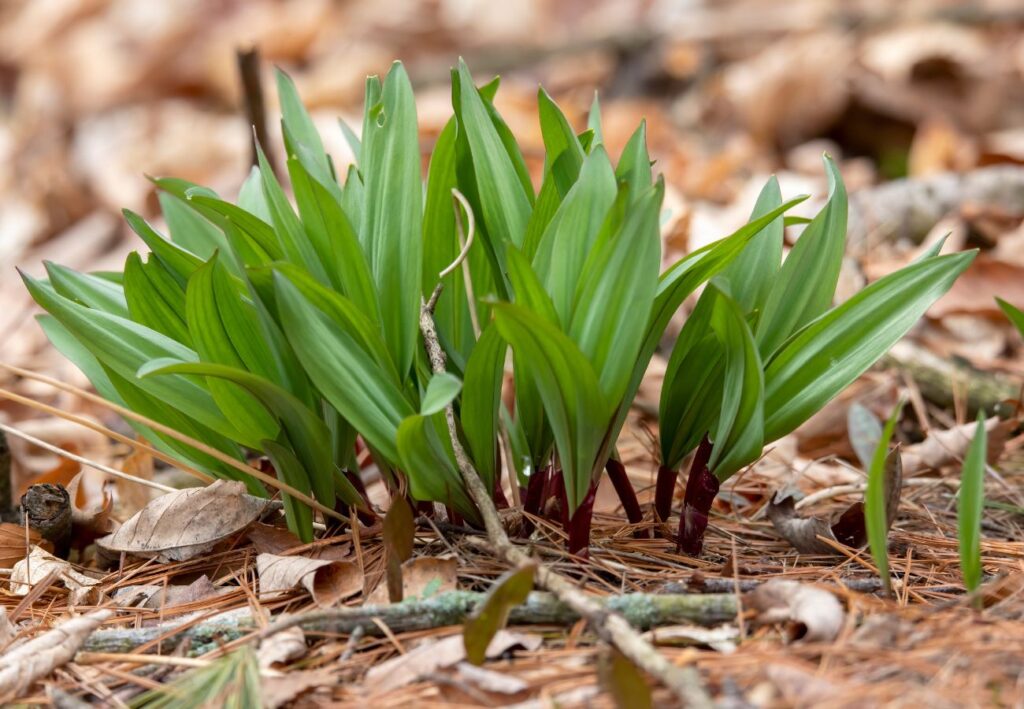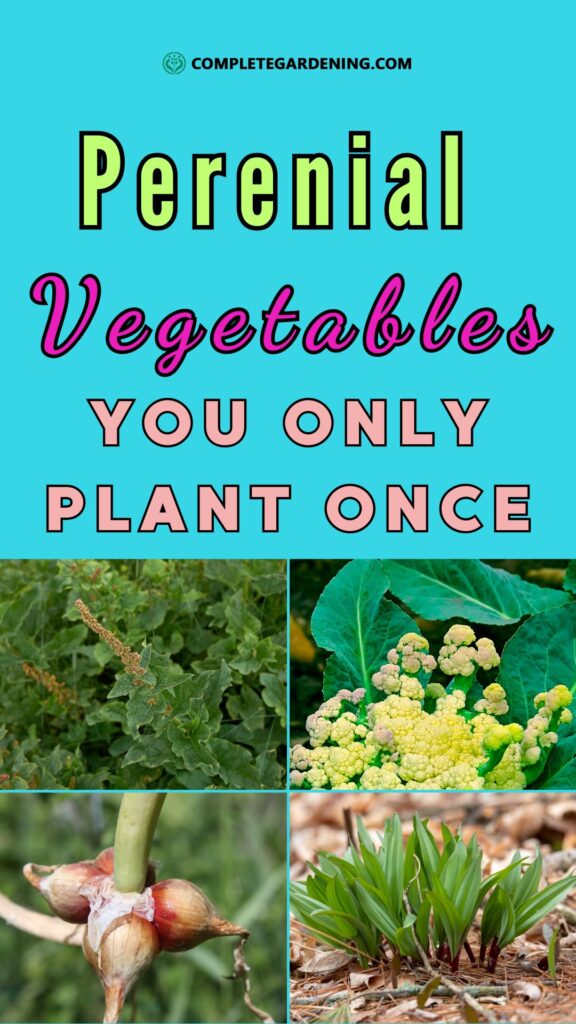Imagine a garden where you plant your veggies once and then enjoy bountiful harvests year after year. Perennial vegetables offer endless abundance, saving you time and effort in your gardening routine.
Not only are these plants resilient, but they also provide consistent yields with minimal upkeep.
Perennial veggies are excellent for anyone looking to create a sustainable and self-sufficient garden. They add diversity to your diet and reduce the need for frequent replanting.
Whether you’re a seasoned gardener or a beginner, these vegetables can turn your garden into a haven of perpetual growth.
Dive into the world of 14 perennial veggies that promise an endless supply of fresh produce. Discover how these hardy plants can transform your gardening experience and keep your table stocked year-round.
Defining Perennial Vegetables
Perennial vegetables are plants that live for more than two years. Unlike annuals, which complete their life cycle in a single growing season, perennials regrow every spring. Examples include asparagus, rhubarb, and Jerusalem artichokes.
They require an initial planting effort, but once established, they need less maintenance and can produce harvests for many years. Sustainability and efficiency make them appealing for home gardeners and commercial producers alike.
Benefits of Perennial Vegetables
These crops offer numerous benefits. They require less tilling, which helps maintain soil structure and health. Their deep root systems efficiently capture water and nutrients, reducing the need for fertilizers and irrigation, which is more eco-friendly.
You also save time and labor. With fewer replanting needs, perennial vegetables allow you to enjoy a garden that almost takes care of itself. Additionally, the longer growing seasons provide more stability and food security.
Common Misconceptions
Some believe perennial vegetables are low-yield compared to annuals. While it’s true that some perennial yields may start lower, they increase over time as plants mature. Perennial veggies often produce in abundance once established.
Another misconception is that these plants are hard to grow. In reality, many are quite hardy and can thrive in a variety of climates. Proper selection based on your growing region can ensure success.
1. Asparagus (Asparagus officinalis)
Asparagus is one of the most popular perennial vegetables, known for its tender, spear-like shoots. Once planted, asparagus crowns can produce for up to 20 years. It’s a springtime favorite, thriving in well-drained soil and full sun.
The key to a successful asparagus bed is patience; it may take two to three years before you start harvesting, but the wait is well worth it.
2. Rhubarb (Rheum rhabarbarum)
Rhubarb is a hardy perennial that thrives in cool climates. It’s famous for its tart, fleshy stalks, which are often used in pies and desserts. Rhubarb prefers a sunny spot with rich, well-drained soil.
Once established, this plant can produce for 10 years or more. Remember, while the stalks are edible, the leaves are toxic and should be avoided.
3. Jerusalem Artichoke (Helianthus tuberosus)
Jerusalem artichokes, also known as sunchokes, are a tuberous vegetable related to sunflowers. They grow tall, with bright yellow flowers, and produce knobby tubers underground.
These tubers have a nutty, slightly sweet flavor and can be eaten raw or cooked. Jerusalem artichokes are extremely hardy and can spread rapidly, so plant them in a contained area.
4. Sorrel (Rumex acetosa)
Sorrel is a leafy green perennial that adds a tangy, lemony flavor to salads and soups. It’s one of the earliest greens to emerge in spring and continues to produce throughout the growing season.
Sorrel is easy to grow and thrives in a variety of conditions, making it a versatile addition to any garden.
5. Artichoke (Cynara scolymus)
The globe artichoke is a perennial thistle that produces large, edible flower buds. Artichokes prefer mild climates and need plenty of space to grow. Once established, a single plant can produce for up to five years.
Artichokes are not only a delicious vegetable but also an attractive addition to the garden with their silver-green foliage and large, spiky blooms.
6. Horseradish (Armoracia rusticana)
Horseradish is a pungent root vegetable that’s often used as a condiment. It’s incredibly easy to grow and can become invasive if not managed properly.
Plant horseradish in a sunny spot with well-drained soil, and it will reward you with a spicy root that can be harvested in the fall. Just be sure to dig up as much of the root as possible, as any remnants can regrow.
7. Walking Onions (Allium × proliferum)
Walking onions, also known as Egyptian onions, are a unique perennial vegetable that produces small bulbs at the top of their stems. These bulbs, known as top sets, can be harvested and replanted, allowing the plant to “walk” across your garden over time.
Walking onions are hardy and can be harvested year-round, making them a reliable source of fresh onions.
8. Lovage (Levisticum officinale)
Lovage is a perennial herb that tastes similar to celery, but with a stronger flavor. It grows tall, with hollow stems and large, dark green leaves. Lovage is a versatile plant that can be used in soups, stews, and salads.
It’s also known for its medicinal properties, including aiding digestion and reducing inflammation. Once established, lovage can live for many years.
9. Perennial Kale (Brassica oleracea var. ramosa)
Perennial kale, such as the Daubenton variety, is a leafy green that can produce year after year without replanting. It’s a hardy plant that tolerates cold temperatures and continues to produce nutritious leaves even in winter.
Perennial kale can be propagated by cuttings, making it easy to share with fellow gardeners.
10. Sea Kale (Crambe maritima)
Sea kale is a coastal plant that’s known for its thick, cabbage-like leaves and edible shoots. It’s a hardy perennial that thrives in sandy, well-drained soil and can tolerate salty conditions.
Sea kale requires minimal maintenance and can be harvested in the spring when the shoots are young and tender. The plant also produces attractive white flowers, adding ornamental value to the garden.
11. Good King Henry (Blitum bonus-henricus)
Good King Henry is a perennial green that was once a staple in European gardens. It produces spinach-like leaves and asparagus-like shoots, both of which are edible.
Good King Henry is a resilient plant that can tolerate poor soil and shady conditions, making it a great choice for less-than-ideal garden spots.
12. Turkish Rocket (Bunias orientalis)
Turkish rocket is a lesser-known perennial vegetable that produces mustard-like leaves and edible flower buds. It’s a hardy plant that thrives in a variety of soils and can tolerate drought.
Turkish rocket’s leaves are best harvested when young, and the flower buds can be eaten similarly to broccoli. This plant is low-maintenance and can provide a continuous harvest throughout the growing season.
13. Nine-Star Broccoli (Brassica oleracea var. botrytis)
Nine-star broccoli is a perennial variety of cauliflower that produces multiple small heads each year. It’s a rare plant that can produce for up to five years, offering a reliable source of fresh broccoli.
Nine-star broccoli prefers cool climates and rich, well-drained soil. It’s a unique addition to the garden, offering both ornamental and culinary value.
14. Ramps (Allium tricoccum)
Ramps, also known as wild leeks, are a perennial vegetable native to North America. They have a strong, garlicky flavor and are highly prized by chefs. Ramps grow in shaded, wooded areas and prefer rich, moist soil.
They’re slow-growing and can take several years to establish, but once they do, they’ll return year after year. Harvest ramps carefully, as overharvesting can deplete wild populations.
Incorporating perennial vegetables into your garden is a smart way to ensure a continuous harvest with minimal effort. These 14 perennial veggies offer a diverse array of flavors, textures, and uses, making them a valuable addition to any home garden.
With a little planning and care, you can enjoy the benefits of these plants for years to come, turning your garden into a sustainable source of abundance. Plant once, and let nature take care of the rest!
